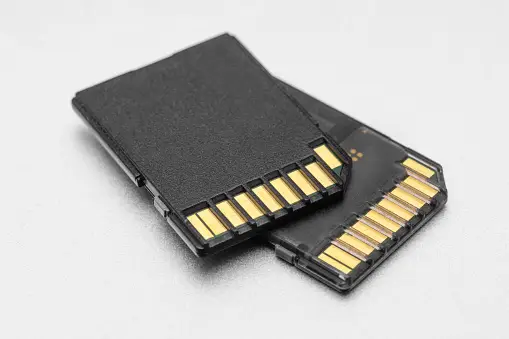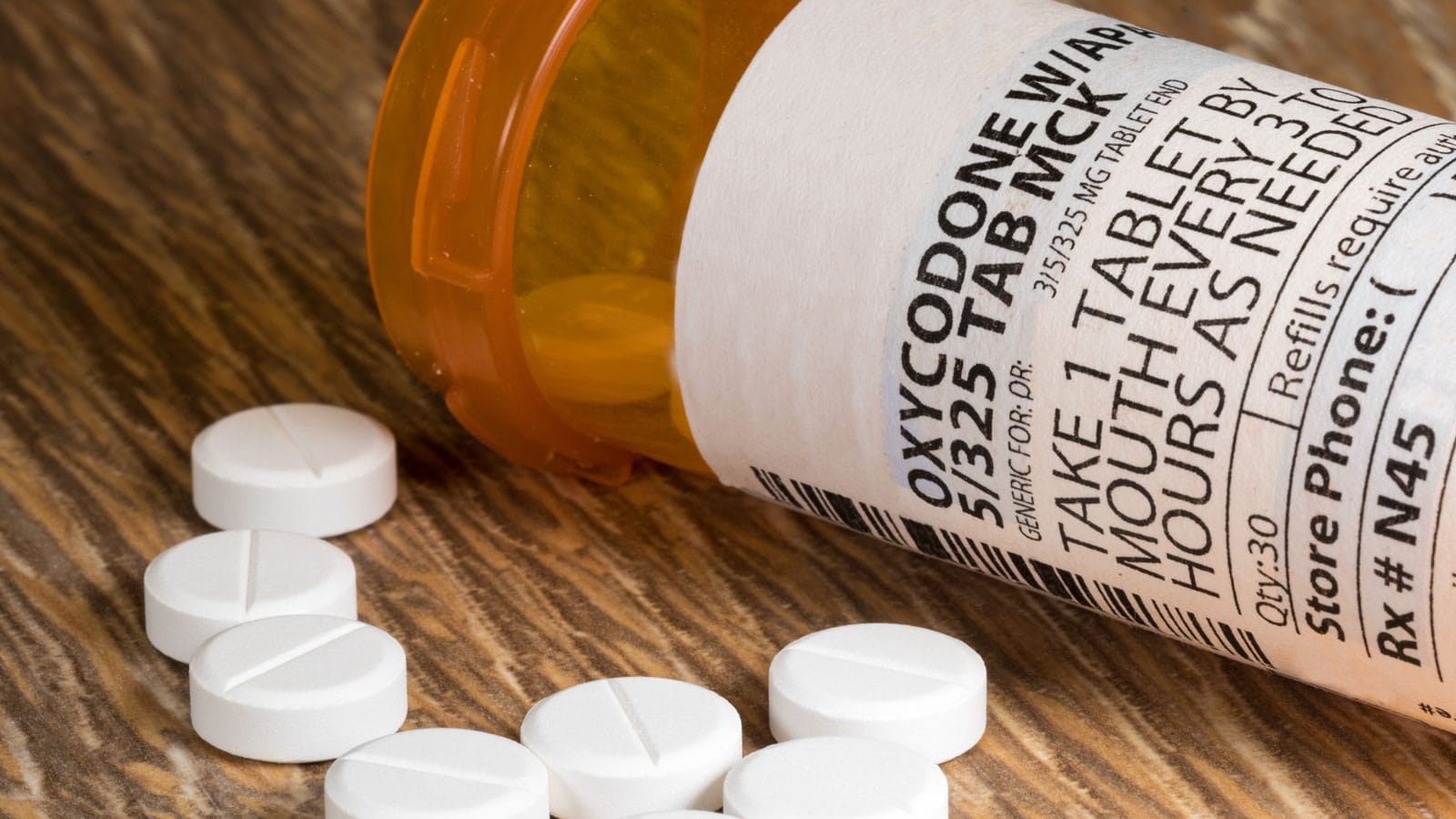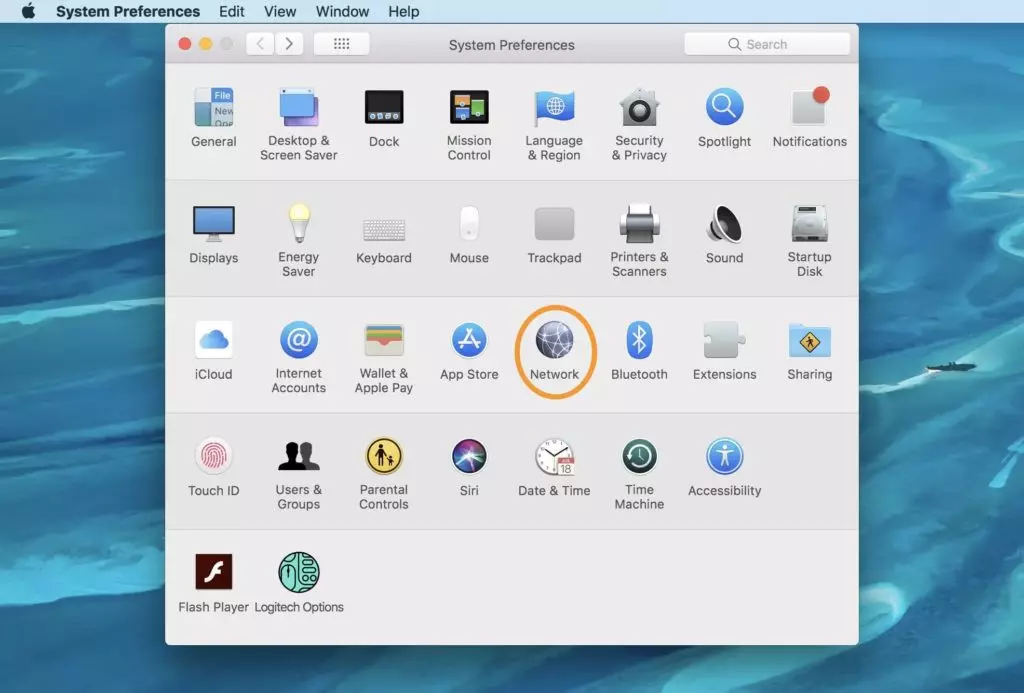SD cards are indispensable companions for storing and transferring data. These compact storage devices are widely used in cameras, smartphones, tablets, and other digital devices. However, over time, SD cards can become cluttered with unnecessary files, corrupted data, or even malware and you’ll need to know how to format SD card.
Formatting an SD card is crucial in restoring its functionality, enhancing its performance, and ensuring data security. Thankfully, this comprehensive guide delves into the technical aspects of formatting SD cards, empowering users to effectively manage their digital storage needs.
Table of contents
- What is the Significance of Formatting?
- What are Formatting Strategies for Different Scenarios?
- What Are The Potential Risks And Drawbacks Of Formatting An SD Card?
- How Can I Identify And Prevent Potential SD Card Issues Before They Require Formatting?
- What Are Some Alternative Methods For Formatting An SD Card?
- How Can I Choose The Right SD Card And Ensure Its Compatibility With My Devices?
- How Can I Safely Dispose Of An Old Or Damaged SD Card?
- What Are The Latest Advancements And Innovations In SD Card Technology?
- FAQs
- Conclusion
- References
- Recommendations
What is the Significance of Formatting?
1. Rejuvenating Storage Capacity:
Formatting an SD card erases all existing data, effectively restoring it to its factory-fresh state. This process eliminates unnecessary files, corrupted data, and potential malware, freeing up storage space and improving the card’s overall performance.
2. Enhancing Read and Write Speeds:
Over time, frequent data transfers and file operations can fragment the SD card’s file system, leading to slower read and write speeds. Formatting the card reorganizes the file system, optimizing its structure and enhancing its performance.
3. Resolving Data Corruption Issues:
Corrupted data can render an SD card unusable, preventing access to stored files. Formatting the card eliminates corrupted data, allowing for a clean start and restoring the card’s functionality.
4. Addressing Malware Infections:
Malware can infect SD cards, compromising data security and potentially causing system instability. Formatting the card removes all data, including any malicious code, restoring the card’s security and preventing further infections.
You can also read: Tech Troubleshooting: Simple Steps on How to Restart Your Chromebook
What are Formatting Strategies for Different Scenarios?
1. Quick Format for Efficient Cleaning:
Quick format is a rapid method that removes all data from the SD card by simply modifying the file system’s directory table. This method is suitable for situations where data recovery is not a concern and a quick cleanup is desired.
2. Full Format for Thorough Erasure:
Full format performs a more thorough erasure, scanning the entire SD card surface and overwriting each data block. This method is recommended when complete data removal is necessary, such as when preparing the card for sale or disposal.
3. File System Selection for Compatibility:
SD cards support various file systems, including FAT32, exFAT, and NTFS. FAT32 is the most widely compatible format, but it has limitations on file size. exFAT offers larger file size support but may not be compatible with older devices. NTFS is primarily used for internal hard drives and may not be suitable for all SD card readers.
What Are The Potential Risks And Drawbacks Of Formatting An SD Card?
While formatting an SD card offers numerous benefits, it is important to consider potential risks and drawbacks. The primary concern is the permanent loss of data. Once formatted, the card’s contents are erased, and recovery may be difficult or impossible. Additionally, frequent formatting can shorten the lifespan of the SD card due to the wear and tear on its memory cells.
How Can I Identify And Prevent Potential SD Card Issues Before They Require Formatting?
Regularly checking the SD card’s health and performance can help identify potential issues before they necessitate formatting. Using disk diagnostic tools can detect errors and corruption, while monitoring storage usage and file fragmentation can indicate performance issues. Additionally, practicing safe data management habits, such as avoiding abrupt device removal and using secure data transfer methods, can minimize the risk of data corruption.
Read also: How Many Pints in a Liter: Precise Conversion Knowledge for Liquid Measurements
What Are Some Alternative Methods For Formatting An SD Card?
In some cases, alternative methods may be more suitable than formatting an SD card. For instance, if the goal is to remove specific files or folders, simply deleting them from the card may suffice. Additionally, if the card is experiencing performance issues due to excessive data, transferring some files to another storage device can free up space and improve performance without erasing all data.
How Can I Choose The Right SD Card And Ensure Its Compatibility With My Devices?
Selecting the appropriate SD card for your needs depends on factors such as storage capacity, compatibility, and transfer speeds. Consider the device you intend to use the card with, the types of files you plan to store, and the frequency of data transfer. Consult device manuals or manufacturer specifications to ensure compatibility and choose the appropriate SD card type, such as SD, SDHC, or SDXC.
How Can I Safely Dispose Of An Old Or Damaged SD Card?
Safely disposing of an SD card is crucial to protect personal data and prevent environmental hazards. Avoid simply throwing the card away, as its contents may be accessible to unauthorized individuals. Instead, use data destruction software to erase all data securely or physically destroy the card by crushing or breaking it into pieces. Recycle the card’s plastic components responsibly through designated recycling programs.
What Are The Latest Advancements And Innovations In SD Card Technology?
SD card technology is constantly evolving, offering advancements in storage capacity, transfer speeds, and durability. High-capacity SDXC cards now provide up to 2TB of storage, while UHS-III cards offer transfer speeds of up to 210 MB/s. Additionally, SD cards are becoming more resilient to environmental factors, such as extreme temperatures and water exposure, ensuring data integrity even in harsh conditions. These advancements enhance data storage capabilities, expand usage scenarios, and improve the overall user experience.
See also: How to Use an Air Fryer: Culinary Innovation for Healthier Cooking
FAQs
Yes, formatting an SD card erases all existing data, including photos, videos, documents, and any other files stored on the card.
Data recovery is possible in some cases, but it is not always guaranteed. The chances of successful recovery depend on the type of formatting performed and the extent of data corruption.
Formatting an SD card is not necessary regularly. However, it is recommended to format the card if it is experiencing performance issues, data corruption, or malware infections.
Yes, an SD card can be formatted using different devices, such as computers, smartphones, or dedicated card readers. However, it is recommended to use the same format when formatting the card on different devices to ensure compatibility.
To minimize the risk of data loss, it is essential to back up important files regularly. Additionally, avoid abrupt device removal or power interruptions while transferring data to or from the SD card.
Conclusion
Formatting SD cards is an essential aspect of data management, ensuring optimal performance, security, and longevity of these valuable storage devices. By understanding the different formatting methods and their applications, users can make informed decisions to maintain their SD cards and safeguard their precious digital assets.
References
- recoverit.wondershare.com – How to Format RAW SD Card and Recover Lost Data[4 Methods]
- handyrecovery.com – How to Format SD Card Without Losing Data






